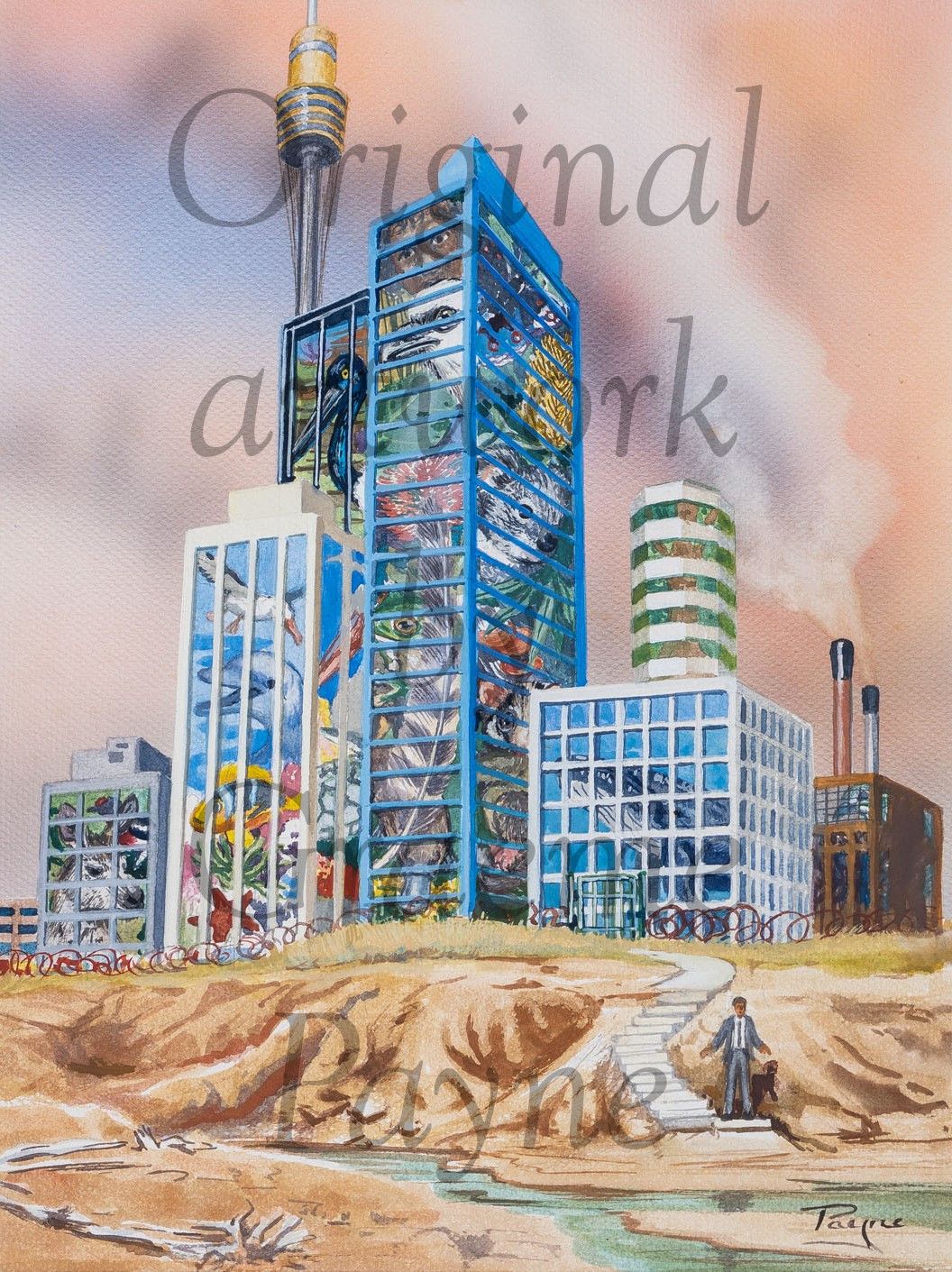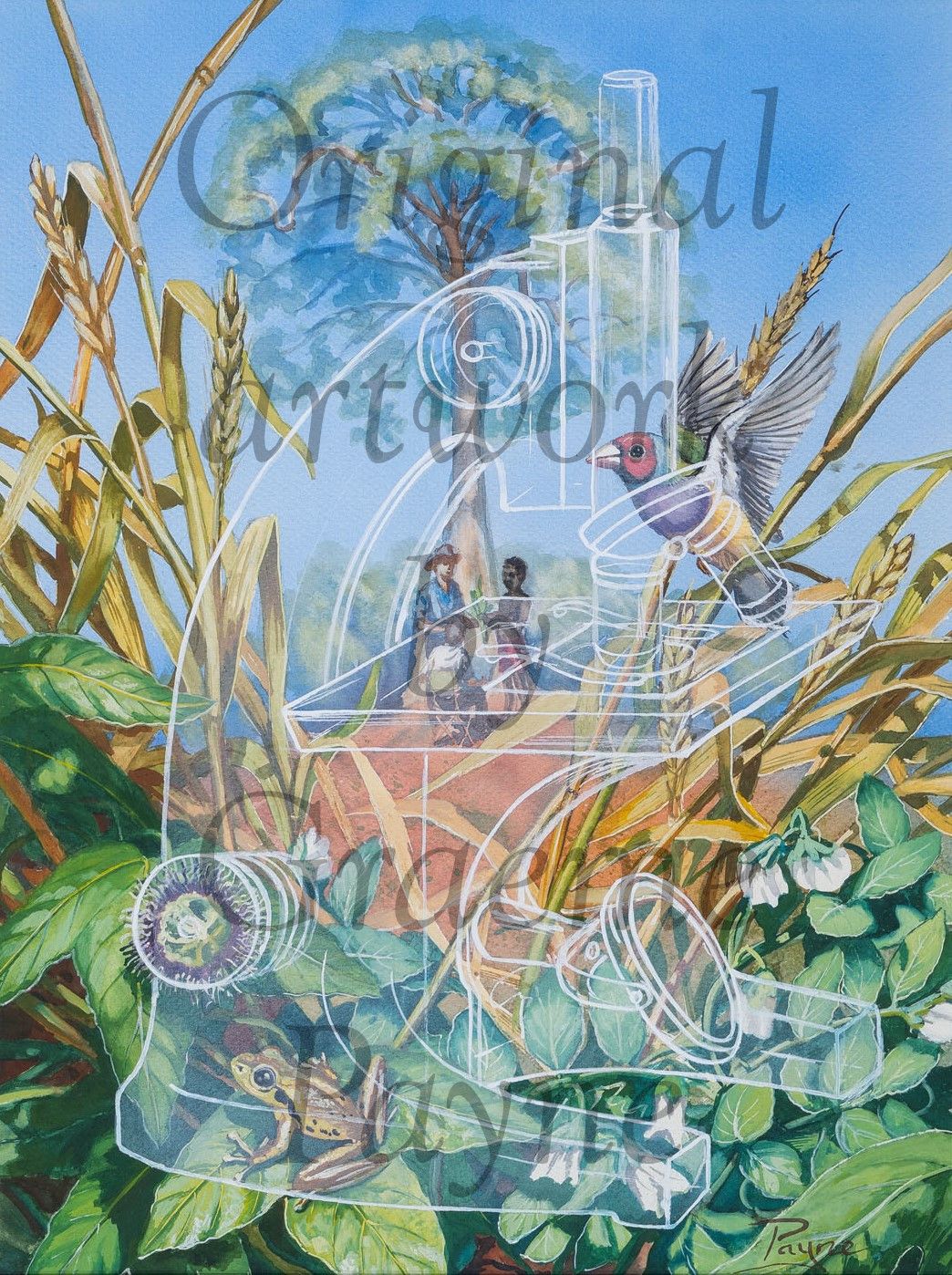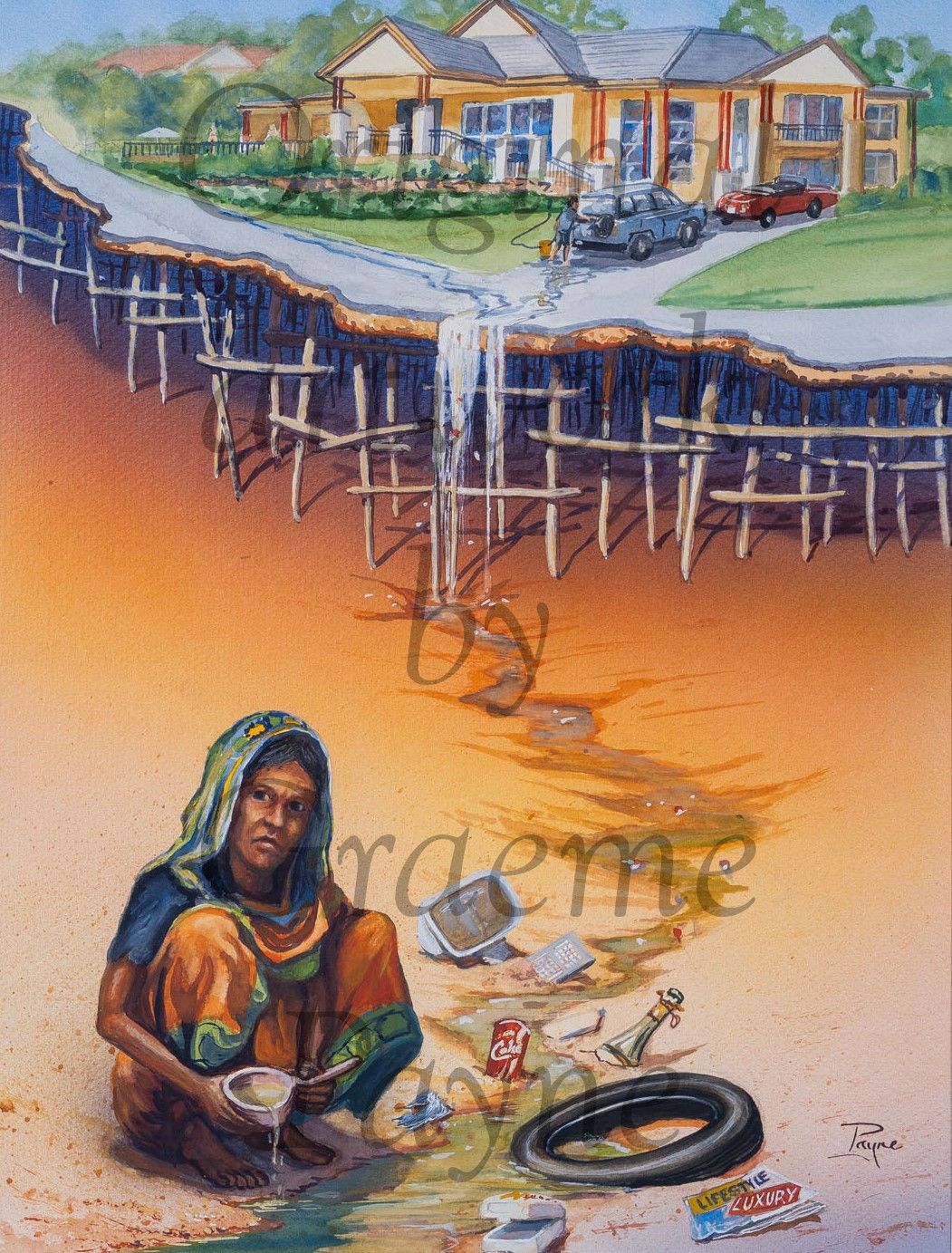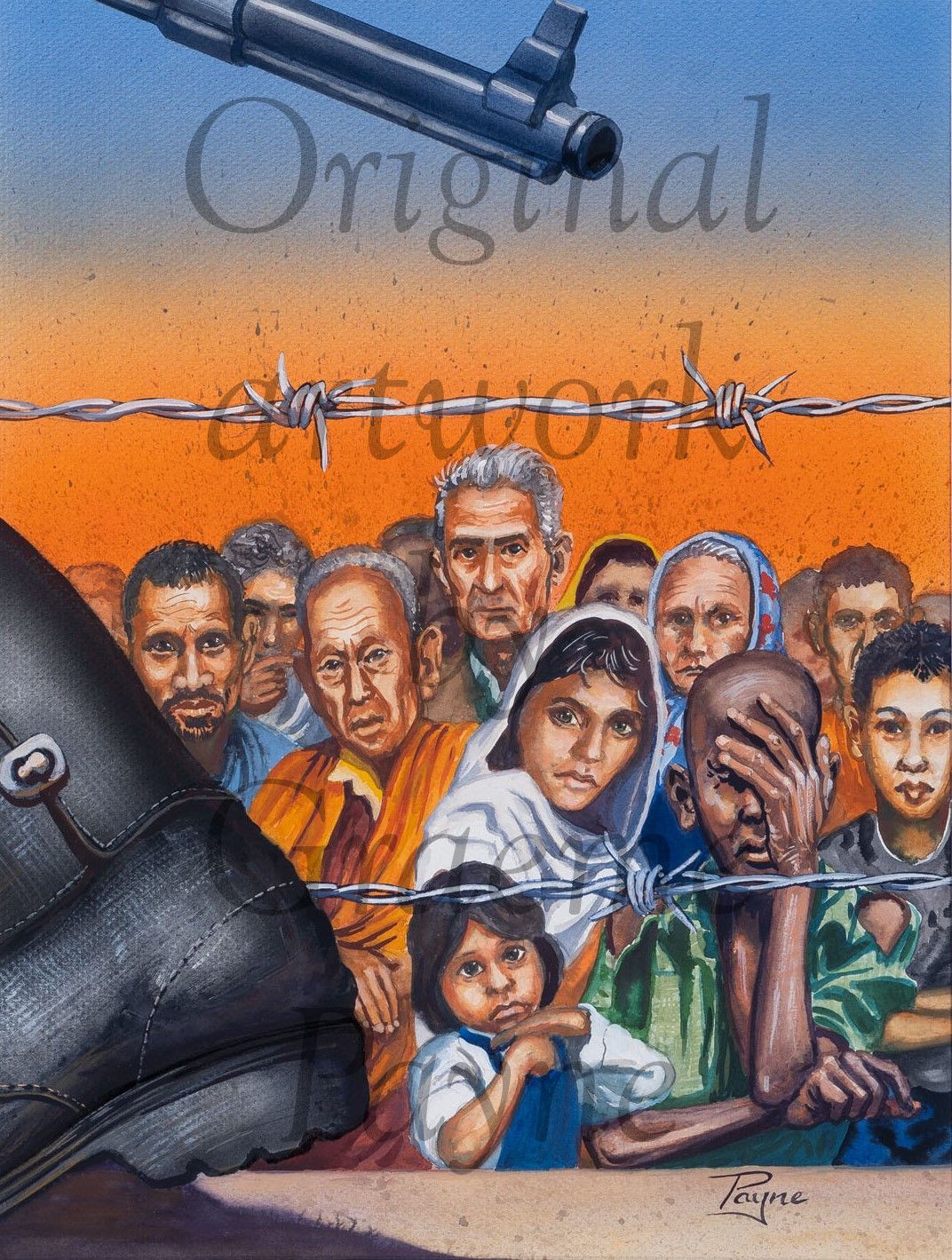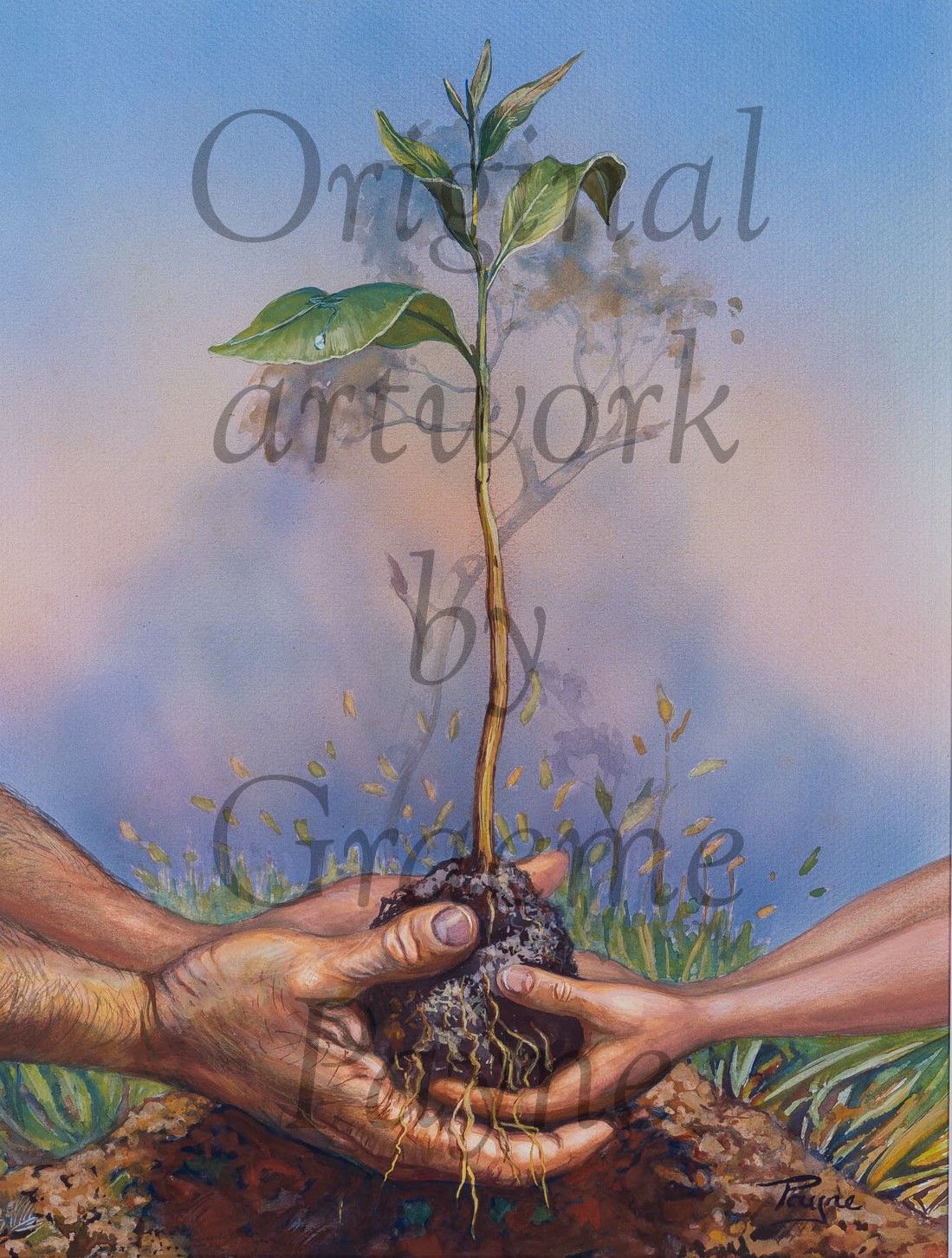What is the Earth Charter?
The Earth Charter is essentially a document containing 16 principles. These principles drive a global movement towards a more sustainable, equitable and peaceful world.
The Paintings
Interpretative pieces by Graeme Payne
Early in 1997, the Earth Charter Commission formed an international drafting committee. This committee helped to conduct the international consultation process, and the evolution and development of the document reflects the progress of the worldwide dialogue on the Earth Charter.
Beginning with the benchmark draft issued by the Earth Charter following the Rio+5 Forum in Rio de Janeiro, drafts were circulated internationally as part of the consultation process.
I originally created this series of moving images as a backdrop for the 3rd International Science, Philosophy and Theology Festival held in the Jacaranda City of Grafton New South Wales. (AUS)
It subsequently became the focal point for discussion and the stimulus prompting people to learn more about the content and objectives of the Earth Charter.
The paintings were also displayed in Brisbane Queensland (AUS) at The Wesley Hospital and St John’s Cathedral in 2002/2003.
Some of the most gratifying comments I received were from people telling me “…it has stimulated me to think more deeply about the many issues facing our modern world family”.

